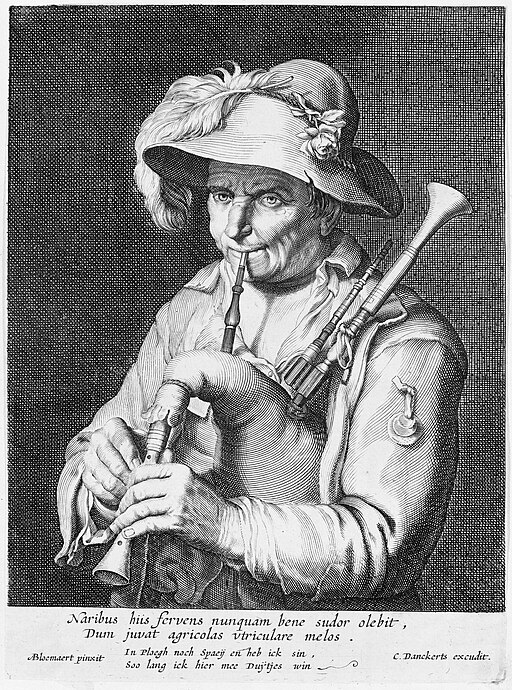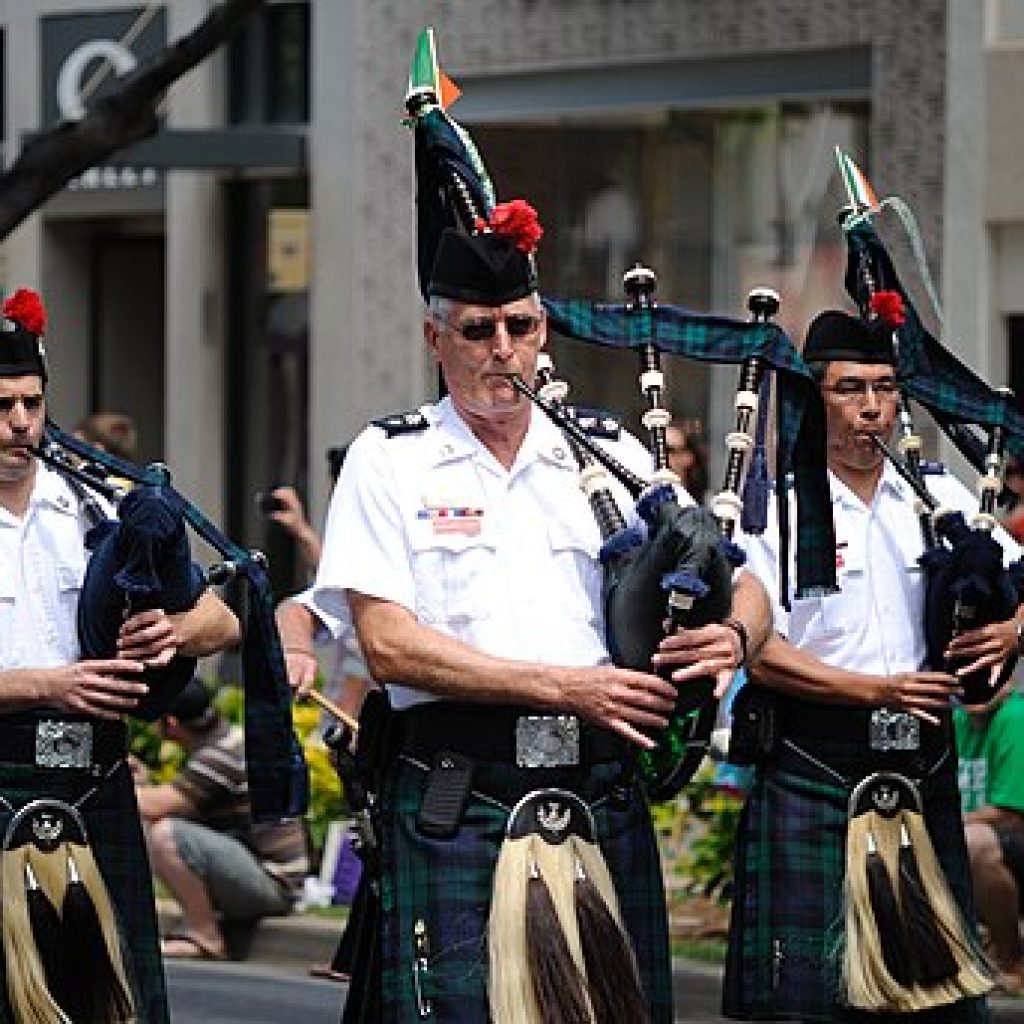The Bagpipe
Bagpipes are a type of woodwind instrument that employs enclosed reeds supplied with a continuous flow of air from a bag. While the Great Highland bagpipes are widely recognized, bagpipes have been played for centuries across significant regions in Europe, Northern Africa, Western Asia, around the Persian Gulf, and northern areas of South Asia. The term “bagpipe” is used interchangeably in both singular and plural forms, although pipers commonly refer to them as “the pipes,” “a set of pipes,” or “a stand of pipes.”

User:Mushummel , Public domain , via Wikimedia Commons




